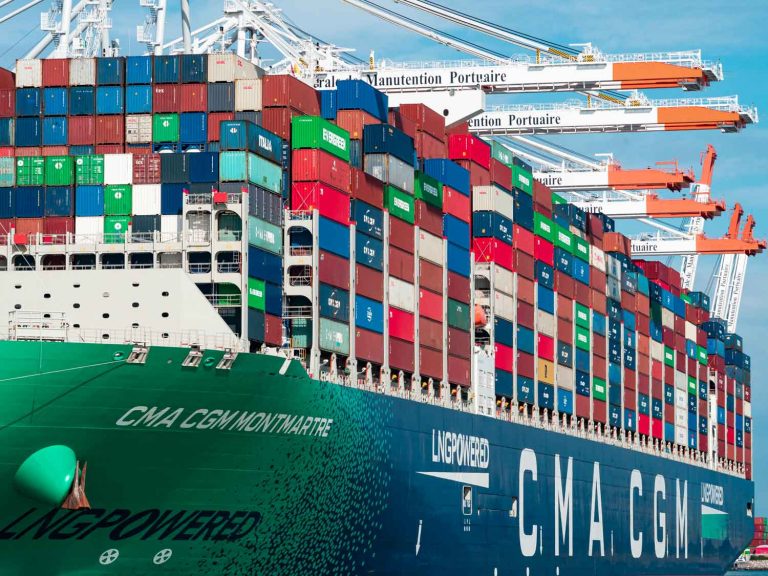
Date:
OCEAN Alliance seek stability
Although there was market speculation that a member of the OCEAN Alliance might be tempted to leave and join THE Alliance in 2027, a new agreement by the remaining members makes it very unlikely this decade.
Seeking to send a clear message of stability, after Hapag Lloyd’s defection to the Gemini Cooperation, the remaining OCEAN Alliance members – CMA CGM, Cosco Shipping, Evergreen and OOCL – have formally agreed to continue their alliance until at least 2032.
Founded in 2017 under a 10-year deal, the OCEAN Alliance members will now continue their vessel-sharing agreement until the end of March 2032, after their respective CEO’s signing a new agreement in Shanghai on the 27th February.
With the Gemini Cooperation and OCEAN Alliance structure and participants now agreed, it just leaves MSC and THE Alliance (THEA) members ONE, YangMing and HMM to confirm their intentions.
OCEAN Alliance will have the greatest number of east-west trade loops, with 40 across its network, followed by Gemini with 21, THEA with 19 and MSC with 15.
The OCEAN Alliance’s decision to extend their partnership does mean that as the largest alliance they might attract attention from EU regulators, when anti-trust exemption for container shipping lines expires at the end of April.
While the anti-trust expiration does not prohibit large alliances, should regulators be pressured by shipper lobby groups or politicians to open an investigation, OCEAN Alliance would be the obvious test case.
Everyone’s expectation is that MSC have the scale to largely go it alone and the freedom of not having to compromise with partners should give them flexibility, which could be leverage to create a strategic advantage.
With 12 ‘hub-and-spoke’ terminals in Asia, EMEA, North and South America, the Gemini Cooperation will clearly have fewer direct port-port combinations and ensuring that terminals manage high port calls, big exchanges and yard pressure effectively is going to be very challenging and If they don’t get it right, they will be in trouble.
So ONE, YangMing and HMM could decide to leverage THEA’s scale by designing their network to fit market niches and could consider differentiating with direct port-port calls, for shippers that want to avoid transhipments.
There is speculation that Wan Hai, with its fleet of 18 neo-panamax ships, may join the THEA and while sceptics may doubt they will plug the gap left by Hapag, who’s fleet recently passed 2Mteu, they are not the biggest tonnage contributor in THEA.
Hapag-Lloyd supplies 26% of all alliance capacity, which compares to 39% for ONE, 18% for Yang Ming and 17% for HMM.
THEA may also decide to extend alliance cooperation beyond their east-west partnership and move into the Intra-Asia, Middle East and African markets, but whichever route they choose, the pressure is clearly on ONE, HMM and YangMing.
We will keep you advised and updated on important developments within the container ocean freight market as they materialise.
If you have any questions or concerns about the OCEAN Alliance agreement, or would like to discuss the wider implications of the shipping alliances, please EMAIL our Chief Commercial Officer, Andy Smith.
